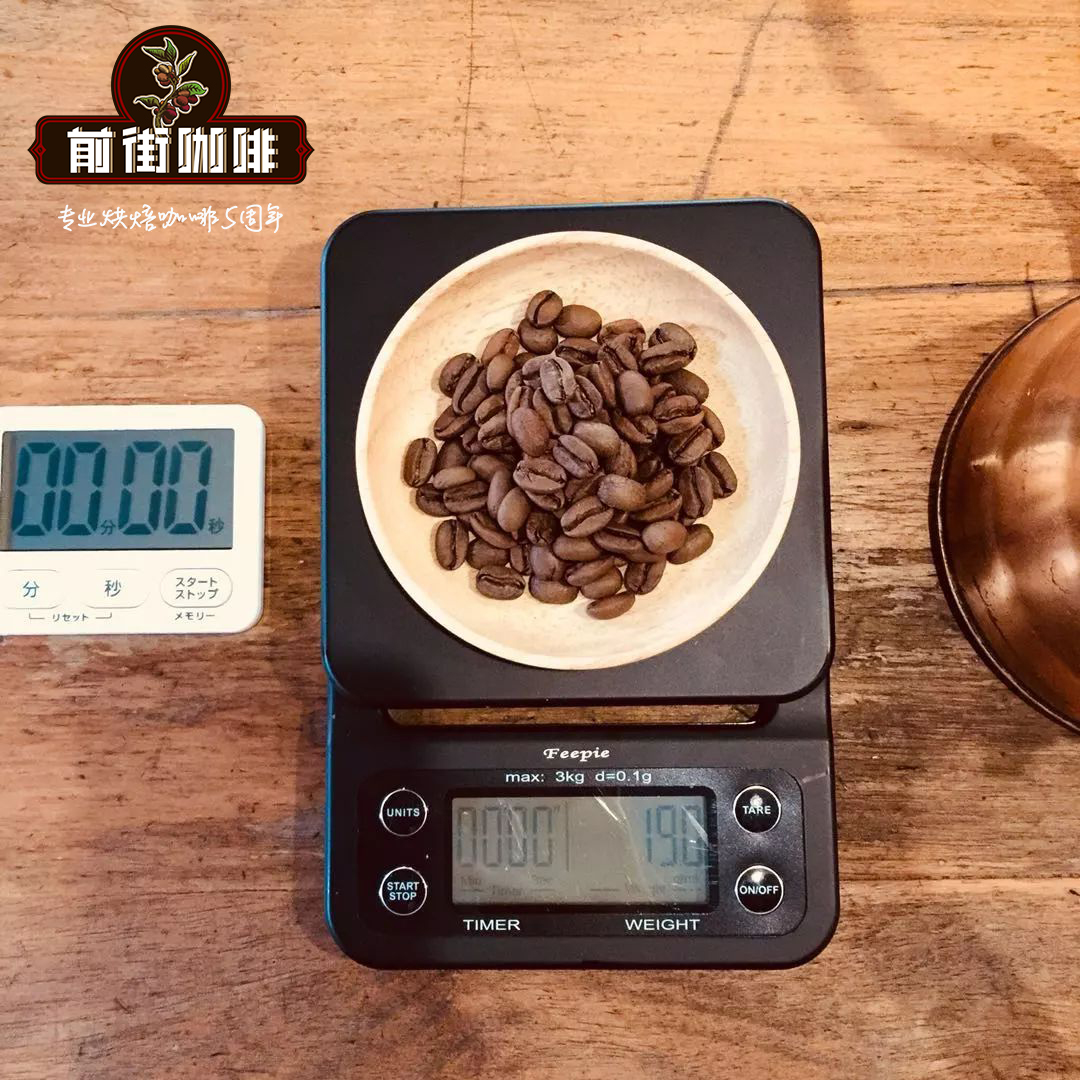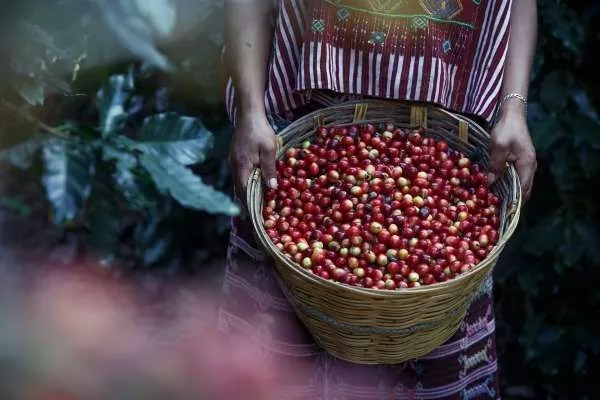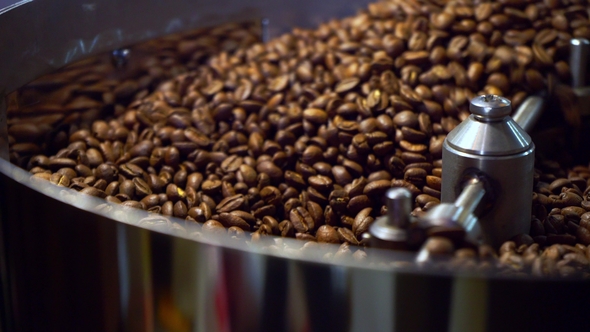A somewhat unpopular but super-practical coffee term in Chinese and English.

Professional coffee knowledge exchange more coffee bean information please follow the coffee workshop (Wechat official account cafe_style)
"Coffee" as a drink from abroad, if you want to know more about it, you will inevitably come into contact with a foreign language. At this time, it is particularly important to understand the technical terms related to coffee! The following is for everyone to sort out a more comprehensive coffee proper terms, Ma one to learn it!

▲ Cupping/ Tasting (Cup Test / tasting)
English
Spanish
Chinese
Coffee cupper
Catador (male)
Catadora (female)
Cup tester
Cupping
La cataci ó n (noun)
Catar (verb)
Cup test
Cupping spoon
La cuchara
Cup spoon
(spoon)
Scale
La b á scula
Scale
Flavor
El sabor
Flavor
Aftertaste
Resabio
Aftertaste
Smell/aroma
El olor / el aroma
Taste / aroma
Acidity
La acidez
Acidity
Body
El cuerpo
Alcohol degree
Mouthfeel
La textura
Taste
Points/score
Los puntos / el puntaje
Score
Balanced
Balanceado
Balanced
Sweet & sour
Agridulce
Sweet and sour
Bitter
Amargo
Bitter
Sour
Agrio / á cido
Sour
Sweet
Dulce
Sweet
Dry
Seco
Dry
Clean
Limpio
Clean
Delicate
Delicado
Meticulous
Silky
Sedoso
Velvety
Smooth
Suave
Catchy
Vibrant
Vibrante
Bright
Uniform/consistent
Uniforme
Consistent
Astringent
Astringente
Astringent
Dirty
Sucio
Turbid
Musty
Rancio
Musty adj.
Defect (s)
Defecto (s)
Blemish
Sample
La muestra
Sample
Break
Romper / quebrar
Broken slag
Clean
Limpiar
Slag fishing / cleaning
Spanish adjectives are added after nouns and have feminine and plural changes (usually the suffix o is masculine; an is feminine), depending on the part of speech of the noun.
Therefore, if you want to describe a clean flavor, it is sabor limpio, and you can use words such as resabio corto (short), largo (long), fuerte (strong) to describe the aftertaste; olor de la fruta (fruity), olor de chocolate (chocolate), olor de cacao (cocoa), olor de flor (flower) may be used to describe the flavor.
In addition, vanilla (vanilla), Mandel í n (es) (citrus), Limó n (lemon), nuez (drupe / nut), manzana (apple), cereza (cherry), caramelo (candy, caramel), almendra (almond), jasmine (Jazm í n), tea (t é) may also be used. You can just say sabor de... .. ... . The smell / nota de... .. ... . Tone (preceded by the above words), if good (bueno) or bad (malo), you can put it in front or behind. For example, buen sabor / mal sabor = sabor bueno / sabor malo.
▲ Roasting / Production (baked / produced)
English
Spanish
Chinese
Roasting machine
Tostador
Bean baking machine
Roaster (person)
El tostador (male)
La tostadora (female)
Bean baker
Roasting place
Tostadur í a
Bean baking room
Coffee person
Cafetalero
A person engaged in the coffee industry
Quality
Calidad
Quality
Exporter
Exportador
Exporter
Importer
Importador
Importer
Container
Contenedor
Container
To consolidate
Consolidar
Bag
Saco (usually a sack)
Bolsa (bag)
Bag
Customs
Aduana
the customs
Contract
Contrato
contract
C-Market
La bolsa
Stock market
Tax
Impuesto
Tax
Freight
Flete
Freight
Roast
Tueste (noun)
Baking
Tueste ligero
Tueste medio ligero
Tueste medio
Tueste medio alto
Tueste oscuro
Shallow baking
Shallow and medium baking
Medium baking
Medium and deep baking
Deep baking
In the part of baking, some people are used to developing completely / incompletely. I'm not sure what the correct way to say is.
However, if I were asked to translate, I would say poco desarrollado (underdevelopment) and bien desarrollado/desarrollo completo (complete development). In addition, the colloquial saying that coffee is too charred will say quemado.
In Central America, saco usually refers to burlap bags and, if specifically, saco de yute.
There is usually a GrainPro attached, if you want to read it specially. . Just say it in Spanish accent.)
▲ Pest & Plagues (pests / disasters)
English
Spanish
Chinese
Leaf Rust
La Roya
Leaf rust
Eye of rooster/ Mycena citricolor
Ojo de gallo
Leaf spot disease
Pests
Los plagas
Insect pest
Borer beetle
La broca
Coffee bark beetle
Note: at present, the most serious diseases in Central America are leaf rust and coffee bark beetles. in recent years, coffee committees of various countries have worked hard to develop varieties / pests to fight leaf rust, and the yield has recovered slightly, but at the same time they have to face problems such as climate change (drought).
▲ other
English
Spanish
Chinese
Natural
Natural
Insolation
Washed
Lavado
Water washing
Semi washed
Semi-lavado
Semi-washing
Honey
Honey/miel
Honey treatment
Pound
Libra
pounds
harvest
cosecha
harvest
variety
variedad
varieties
cherry
cereza
coffee cherries
parchment
pergamino
parchment
green bean
roasted coffee
café verde / oro
café tostado
raw beans
cooked beans
café en grano
café molido
coffee beans
coffee powder
patio
sun-dried bean farm
proceso seco
proceso húmedo
dry treatment
wet treatment
beneficio
disposal site
cooperativa
cooperatives
bodega
warehouse
In Central America, it is important to note that the common unit of coffee is quintal (abbreviated as QQ), and 1QQ is equivalent to about 200 pounds.
Article by Anne Sirenita
Important Notice :
前街咖啡 FrontStreet Coffee has moved to new addredd:
FrontStreet Coffee Address: 315,Donghua East Road,GuangZhou
Tel:020 38364473
- Prev

Why do boutique coffee shops do their own baking? What are the advantages and disadvantages of home baking?
Professional coffee knowledge exchange more coffee bean information please follow the coffee workshop (Wechat official account cafe_style) self-roasting, I have to say that it has been a trend in boutique coffee shops. But why do you bake at home? What are the advantages of home baking? What are the shortcomings? Many people don't think so clearly. Today, the editor takes the player stage, and
- Next

What is the variety of iron pickup? is the coffee delicious? description of the characteristics and flavor of iron pickup.
Professional coffee knowledge exchange more coffee bean information please follow the coffee workshop (Wechat official account cafe_style)
Related
- Beginners will see the "Coffee pull flower" guide!
- What is the difference between ice blog purified milk and ordinary milk coffee?
- Why is the Philippines the largest producer of crops in Liberia?
- For coffee extraction, should the fine powder be retained?
- How does extracted espresso fill pressed powder? How much strength does it take to press the powder?
- How to make jasmine cold extract coffee? Is the jasmine + latte good?
- Will this little toy really make the coffee taste better? How does Lily Drip affect coffee extraction?
- Will the action of slapping the filter cup also affect coffee extraction?
- What's the difference between powder-to-water ratio and powder-to-liquid ratio?
- What is the Ethiopian local species? What does it have to do with Heirloom native species?

